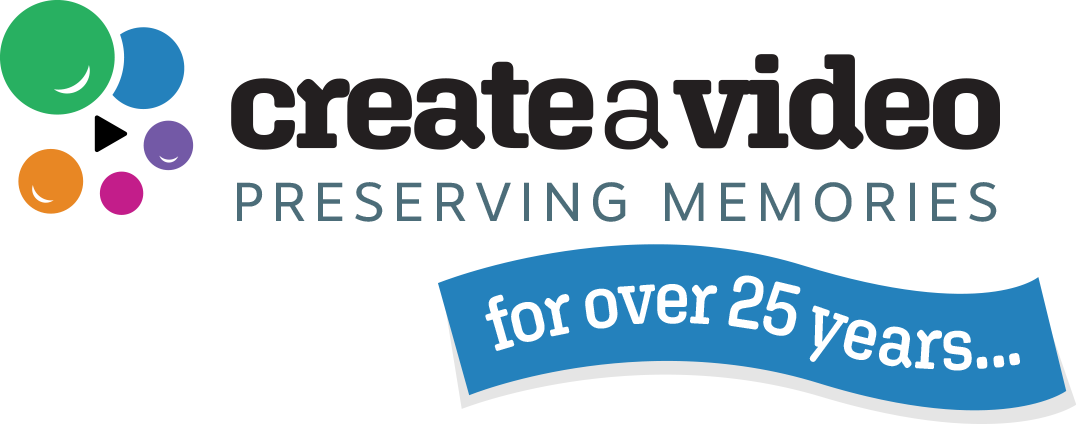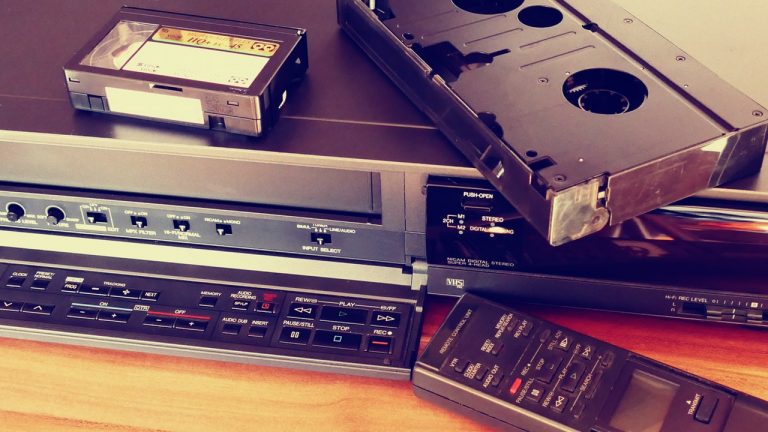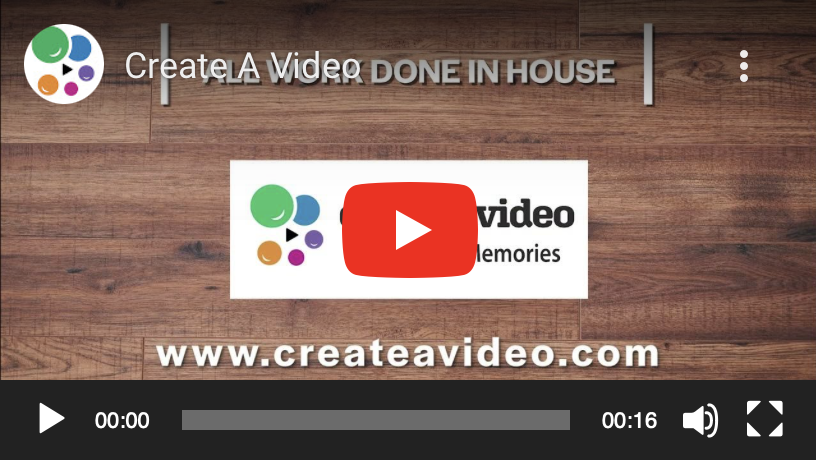I recently had the pleasure of helping a lady transfer her old VHS home movies to digital. When I spoke with her on the phone before she came in, she mentioned how shocked she was that VHS players are so hard to find these days. We were both absolutely appalled that a new VHS player now costs a hefty $400 to $800. “Why, just a few years ago I bought a brand new combo VHS/DVD player at a big box store for $80.00,” she exclaimed!
I have to admit, I find myself a bit shocked at how quickly our once-common media formats are becoming obsolete. Everyday items from my youth – VHS tapes, audio cassette tapes, even CD’s – are simply disappearing. Experts in our field are saying that VHS tapes have about a 30 year expiration date. Even if you can find what you want in those formats, good luck finding a working player in good condition that is affordable. As we have mentioned before, the manufacturers for VHS player parts have stopped producing those components, so once the “newer” ones have all sold and been used past the point of working anymore they will be gone forever.
This is why I am so passionate about backing up my memories digitally. Between hard copies, flash drives, hard drives, and the cloud; I can rest assured that my memories are safe and accessible at all times. I would hate to wake up one day and find that my memories were inaccessible and obsolete. Don’t let it happen to you!
The key to preserving your memories is having everything – photos, negatives, slides, videos, and film – transferred into a current format. Once you go digital, everything is incredibly portable. Multiple copies can be made and distributed among family members on discs or flash drives. With cloud storage, even if something were to happen to your physical copy, you will still have a way to restore that memory.
How do you get started? Get organized! Gather together any photos, tapes, movie film, etc. that you can’t bear to lose. You can place photos and negatives into envelopes labeled with categories such as people’s names or dates and events. That way, when your photos are scanned, it will be simple to place them into folders. If your slides are in carousels, it’s best to leave them as is for simple organization. Otherwise, you can also place these into envelopes or zip-top bags labeled in the same way as your photos for easy organization. If your films and videos are labeled, the files can be named according to reel or tape.
Once your memories have been transferred to a digital format, you will get back your originals with the new copies. I would suggest storing your originals in a dry, dark, climate-controlled area such as a closet inside the house. Make sure any boxes that you use to store them in are acid-free and archival quality. Take care of your discs or flash drives as well! With a little care and diligence, your memories will last for generations to come.


